Snow-capped mountains, deep gorges, popular shrines of traditional Ossetian religion, ancient watch tower, Dargvas, the city of dead and the most pleasant capital Vladikavkaz. Yes, rattling off all of North Ossetia’s wonders leaves you breathless, like the natural beauty of this Russian Republic. The place breathes history. Starting with the Alans, ancient warriors of the Caucasus region to World War II, when the Germany attempt to grab the oilfields of the Caucasus region was stopped right there.
Vladikavkaz- Ruler of the Caucasus North Ossetia
It took me a while to pronounce the name of North Ossetia’s lovely capital Vladikavkaz without difficulty. Only when a local explained its meaning „Ruler of the Caucasus “, it rolled from my lips like honey. Founded in 1784 as a Russian fortress, it controlled the only road linking Russia and Georgia at that time. I am not ashamed to admit that I had not heard of this town before I decided to do this trip. This city is only a two hours flight from Moscow and served as my jumping board for all onward travel.
The Saint Petersburg of the Cauacus
Vladikavkaz rightly prides itself of this title. The streets of the Old City are lined with late grand 19th and early 20th century houses built for Russian army officers and merchants. I spent the hot parts of the days in Kosta Khetagurov Park
and strolled the banks of River Terek in the evening, I visited picturesque churches and the most beautiful Mukhtarov Mosque.
It sits right on the river and I first thought it was a church, since I had never before seen a mosque made of brick stones. I was invited inside by the caretaker, only when I saw the carpet after entering, I realized where I was. Arriving so totally unprepared without a headscarf and short sleeves irritated some men and I spent less time there than I would have liked.
When I got tired of walking Vladikavkaz I hoped on a tram and enjoyed the quiet pace of provincial life from this perspective. Another highlight was watching families in the amusement park overlooking the river. Nobody seemed to be in a hurry. I watched life go by sitting on a tree-covered bench on car-free Prospekt Mira (Avenue of Peace), visited museums or hang out in cafes. Night life was not always, but sometimes is was great. Unforgettable a bar packed with young people, a small band was playing and a local celebrity grabbed the mike. A group of young ladies took me under their wings, and I left with cherished memories.
The other must visit is a Retro USSR bar which has been operating for 100 years. People squash into small cubicles holding large mugs of beer that have to be picked up at the counter. Our little group was such a novelty that the regulars keep buying us so many drinks that we could not possible down them all.
Hotel Vladikavkaz- great for people watching
The best place to view the snow-covered mountain peaks surrounding Vladikavkaz was from the Old Bridge or my room at Hotel Vladikavkaz, which was also overlooking Terek River and the amusement park. My most exciting moments on my balcony were the arrivals of weeding parties, which was quite a commotion.
The convoy of expensive cars could be heard long before they pulled into the parking lots. The honking was deafening once they arrived, young beautiful women and middle aged men were then ushered into the hotel by friends and family clapping and singing. Once I sneaked into one of the posh parties, the noise of the music was earsplitting, and I was not sure if it was that much fun for most of the guests.
The location of the hotel is awesome and its veranda a place to linger forever (great WIFI) and do some serious people watching.
Caucasus wrestlers
Wrestling has a long tradition in the Caucasian Republics of Ossetia, Chechnya and Dagestan. Each has its own statistics that make it the number 1! By pure accident I learned that Vladikavkaz has a famous state-of-the-art wrestling academy. Nothing would have stopped me from visiting. I enjoyed an English-speaking tour through the premises, gyms, top equipment, sauna, pool. The academy hosts teams from all over the world also the USA, the fee is € 50 a day and kids a young as 9 years old start their training here.
Unfortunately, there was no training session while I visited, only a kind of rugby basketball match. Life in the region comes to a stand-still, when two champions fight each other in a tournament, especially if it one of them is American.
Vladikavkaz and the Caucasus in World War II
On the outskirts of Vladikavkaz a memorial reminds of the Russian soldiers fallen in the battle of Vladikavkaz. Right beside the memorial is a huge mass grave, it was exactly here where the Germany army was stopped in the Caucaus. Hitler’s focus was on the rich oilfields of the Caucasus, which ironically supplied the German tanks and plane with fuel between 1939 and 1941. Before Hitler’s invasion of the USSR, Germany received 910.000 tons of oil from Stalin’s USSR, which made the quick advance of the German army and the use of its plane possible.
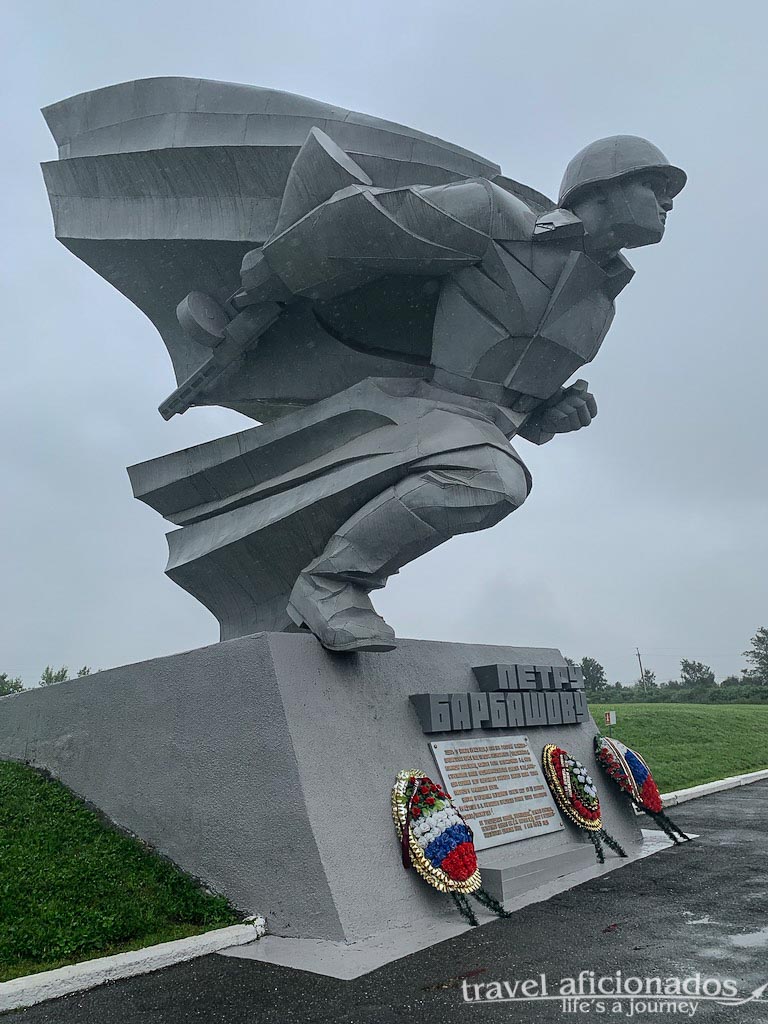
Words War II Memorial near Vladikavkaz, the front line was right there, this is how far the Germany army advanced
Dargavs – The City of the Dead
A grassy hill dotted with little white huts was my first view of Dargavs. The two-hour drive from Vladikavkaz (US30 for the taxi) took me through stunning scenery, snow—capped mountains, greens meadows. Of course, I had prepared myself for this excursion, but I was still overwhelmed by this necropolis. A total of 95 stone crypts rise up the hillside in a very organized manner. At the back of the complex is a watch tower whose top part has been destroyed. It is said that the tower was placed there to watch over the resting souls.
The tombs themselves are shaped like huts with curved roofs going inwards in steps and pointed peaks at the top, typical of Nakh architecture. If there is no pointed peak that means the family had no more surviving sun. The crypts tell even more about a family, the higher they were, the higher was their social status. The really big ones held up to 100 corpses.
The bodies were put in what looked little small canoes and shoved into the tiny opening. In some of the crypts you could peak through tiny openings and see the bones, some even wrapped in fabrics. I was told that until not too long ago the corpses wore rings and necklaces. Unbelievable, but recently visitors lost the respect for the dead and stole these precious bits, so the remaining jewelry was taken to a nearby museum. Actually, the site was closed down two months before my arrival, since visitors took photos of themselves with skulls. Only recently had it reopened.
The drive back to Vladikavkaz was equally spectacular, first through a small gorge following a river and then up an unpaved road with stunning vista of snowcapped mountains.
Here in Dargavs I learned there were different types towers: Signal towers were high up in mountain and narrow. Towers served also as fortresses when under attack, they were wider and had up to three floors, since people found shelter there. Also amazing the time span they were being built, starting in the 5th century BC till 18th Century
Modern Monasteries, Medieval Rock-Fortress and Pagan Saints
Not too far from Vladikavkaz is Fiagdon Monastery, an all-male monastery, which was only completed 2002. The monks collect herbs for making tea and produce cheese and honey. It looks way to modern but since I passed by I stopped to take a look.
Much more interesting was the Medieval rock-fortress in the village of Dzivgis, which I would not have recognized as such, since it blends perfectly into the high cliff it was built in. In case of an attack the population of the whole gorge could find protection there.
The Uastyrdzhi monument catches the unknow traveler by surprise. In Ossetian folklore Uastyrdzhi is the name of Saint George. He is the patron of the male sex and travellers. It is forbidden for women to pronounce his name, instead they must call him “the saint of men”. When following the Ossetian Military Road along the River Ardon, it suddenly pops out of the rock. The horse’s hoof is 120 cm, and the palm of George can fit a man. But that is not all. Another place where he is worshipped looks like a church, especially since two small bells hung from a pole right next to it. The story goes that the people kept the bell but also their ancient belief. Since the end of the USSR the cult of Uastyrdzhi has enjoyed renewed popularity.
Every year in fall lots of people gather for a big festival to celebrate Uastyrdzhi. The worshipping involved toasts made by an elderly from a wooden mug, who is assisted by two young men. Inside the small museum was a big painting of the very man with a long white beard riding a white horse, the mug and a chain hanging from the ceiling, so typcial for Ossetia.
Three Days of September 2004 – The Siege of Beslan School Nr 1
Beslan is a small quiet town in the Russian Republic of North Ossetia in the Caucasus. Its streets are lined with brick-stone houses shaded by chestnut-trees, well-tended flower gardens adorn the front and vegetable gardens the back. Beslan could serve as a cliché-like model for a pastoral painting, if there had not been those 3 days in September 2004. On September 1st, the gym of Beslan’s School Nr 1 became the epicenter of the hostage taking that resulted in the death of 335 mostly women and children three days later.
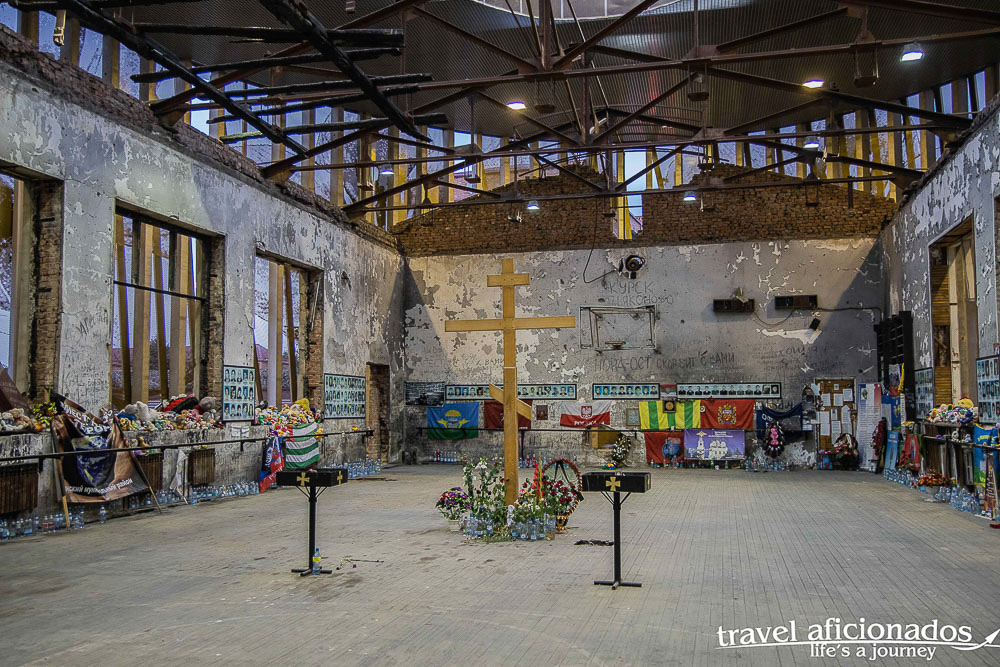
The former gym of Beslan School Nr 1, now a memorial to remind the 335 victims that were kept there for three days with water and food
In Beslan neighbors, family and friends sit outside their houses, chat and a random car or person go by. Children play in the street and a stranger like me walking by causes attention. When I took photos of the flower gardens, some locals were so touched, they took me inside to show me the gardens behind, I was offered food, teach and sweets.
I stayed with a family who fed me during my three day stay since I could not detect any eatery. The woman had learned some basic English and with google translator we managed to communicate.
On September 1st, 2004, neatly dressed children with balloons and flowers arrived for the traditional first day-of-school ceremony accompanied by parents and relatives. This moment of joy and happiness suddenly turned into a unparalleled drama that lasted for three day: more than 1100 children, parents and teachers were taken hostage by a terrorist group demanding independence for Chechnya.
Forced into the gym where temperatures reached 40 degrees, the hostages were denied water and food, while the over 30 terrorists planted bombs all over the building. On the third day in an abysmal chaos of explosions, fire and gunshots 335 people were killed. In the video „The Children of Beslan“ children who survived remember those three days, the best documentary in my eyes. Unfiltered, the children talk about what seems unspeakable.
In the few sequences of the video that show the end of the siege, even the most uninformed viewer immediately realizes the absolute chaos that dominated the event. To this day, countless questions of the parents have remained unanswered.
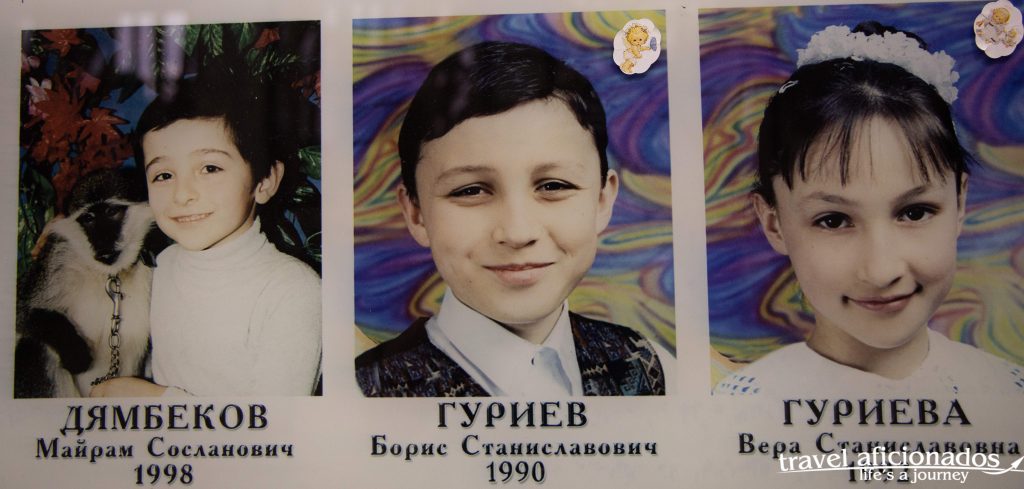
Photos of the victims on the wall of the Former gym, most of them children, give the horrid numbers a face
The victims were buried in a new cemetery a bit outside of Beslan, all the tomb stone are made of the same stone, symbolizing the same tragic fate. I passed one grave with five tomb stones, all members of the same family. It is impossible to comprehend the grief and pain that still haunts Beslan.
Another tragic story of is the one of Vitaly Kaloyev, an architect and native of Vladikavkaz. He lost lost his wife and two small children when two planes collided mid-air over Germany on June 1, 2002. Kaloyev held Peter Nielsen, the sole air traffic controller in Switzerland who was handling traffic the night of the collision, responsible. In 2004, Kaloyev travelled to the Swiss town of Knoten where he killed Nielsen, who had since retired from air traffic work.
Later, after his release from prison, Kaloyev was appointed deputy minister of construction of North Ossetia-Alania. In 2016, upon retirement from the local Ossetian government, Kaloyev was awarded the highest regional medal by that government, the medal “To the Glory of Ossetia”. The medal is awarded for the highest achievements, improving the living conditions of the inhabitants of the region, for educating the younger generation and maintaining law and order.

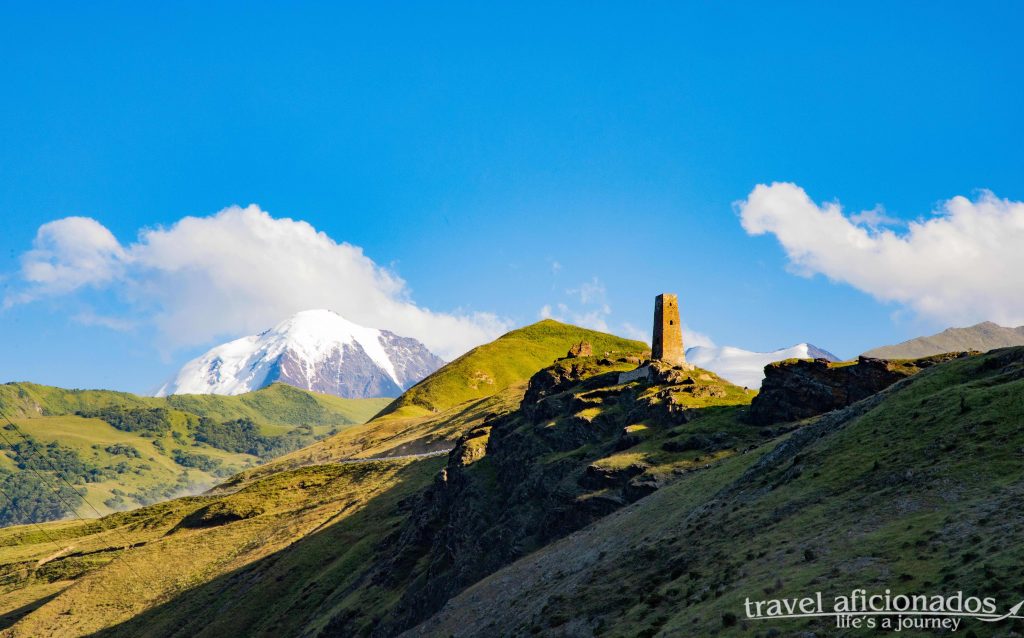
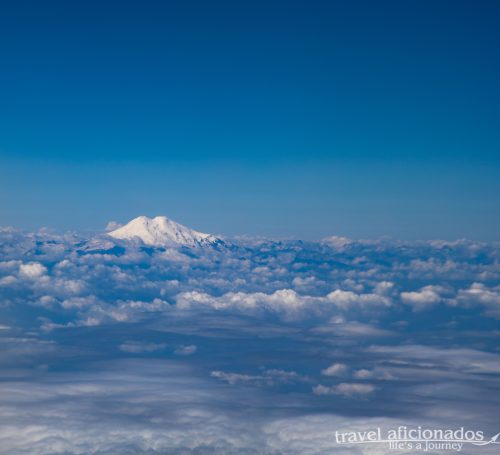
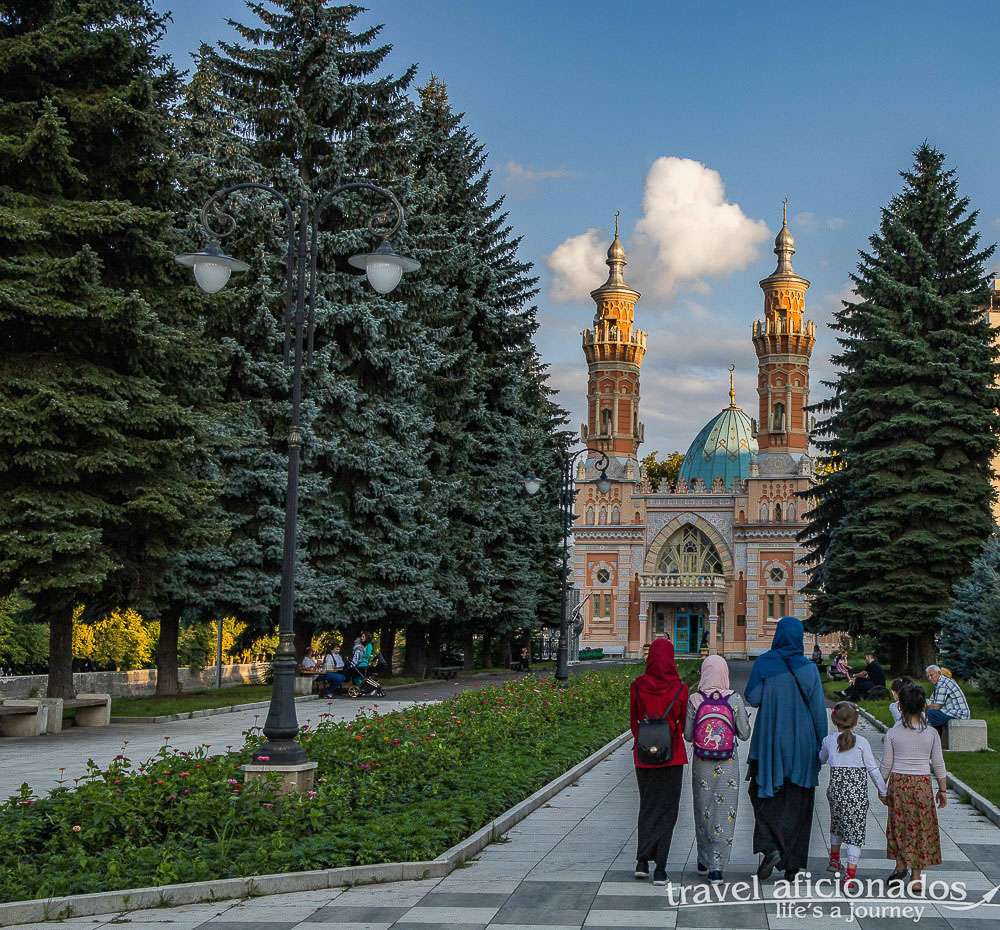
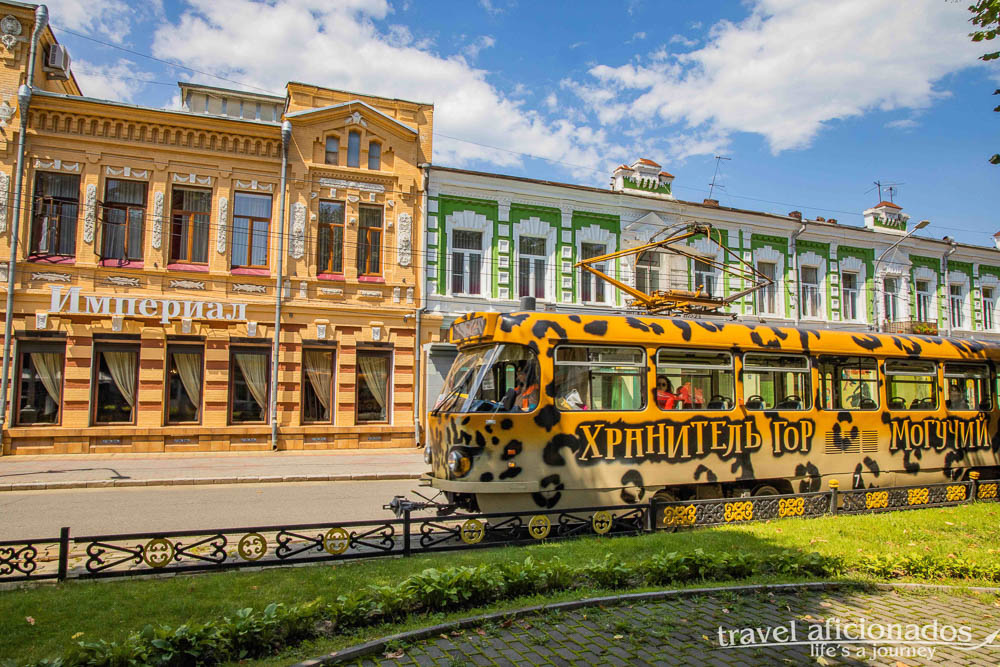
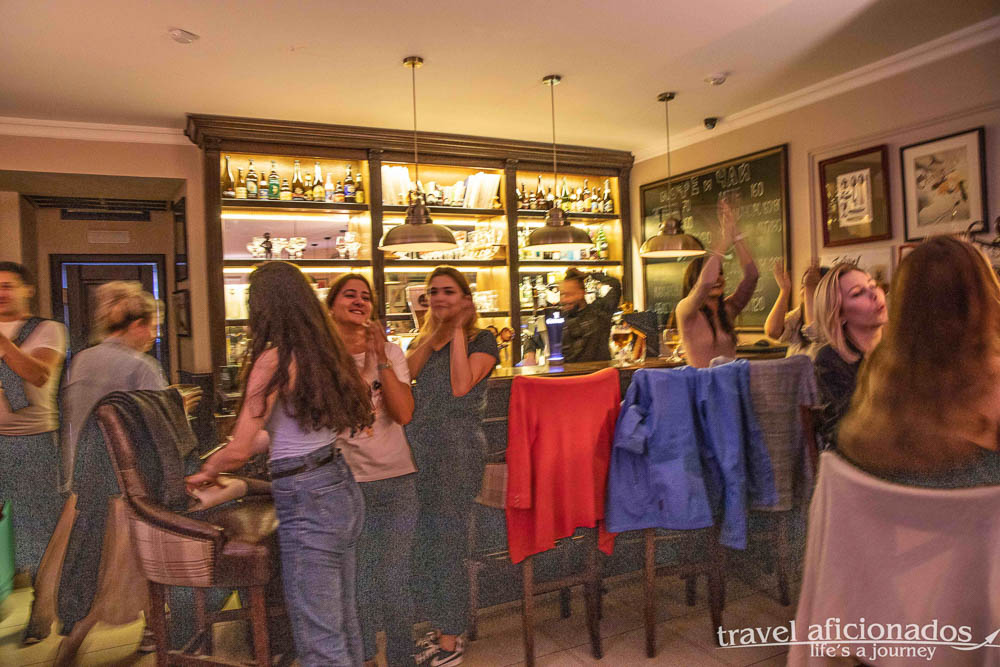
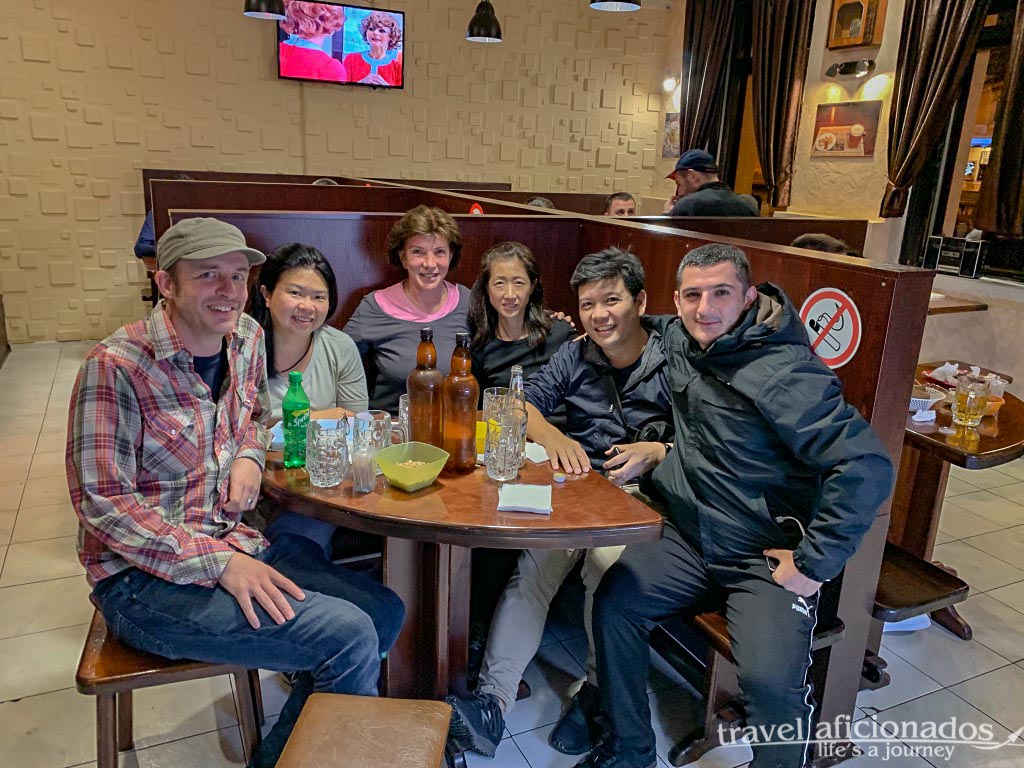
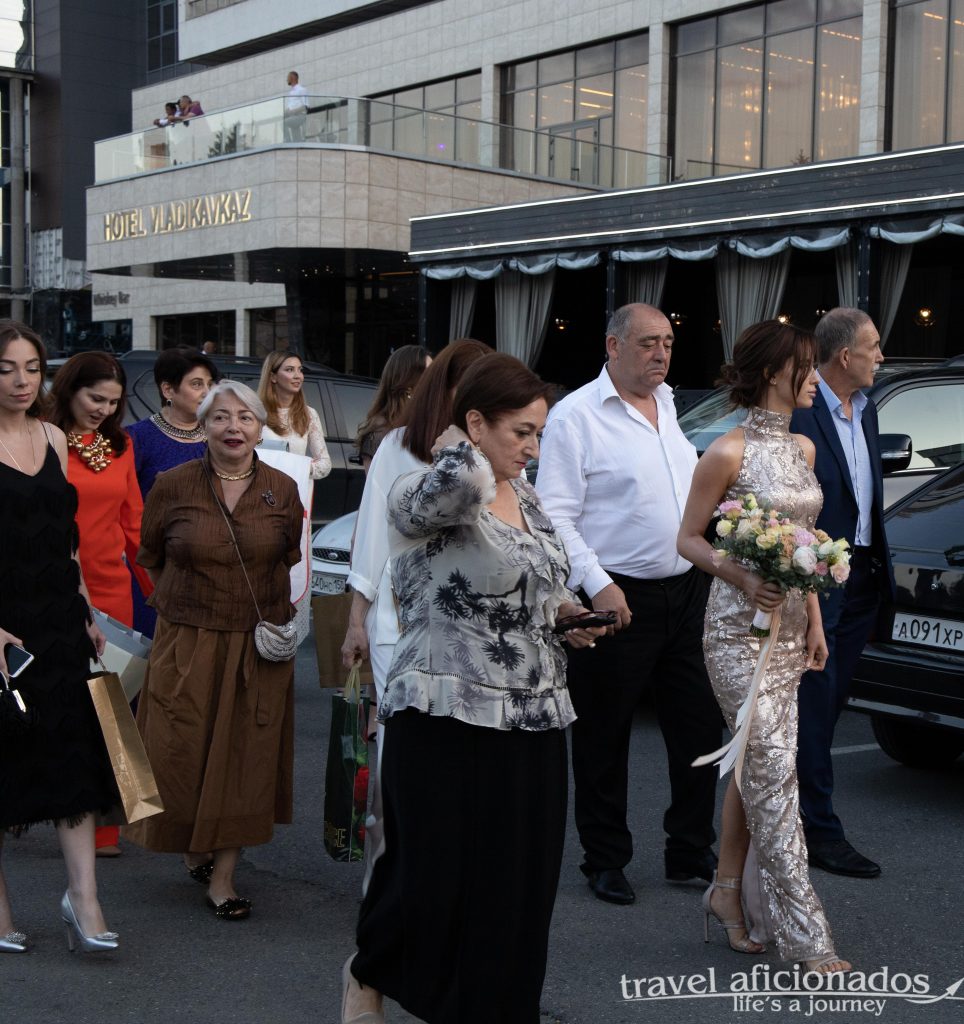
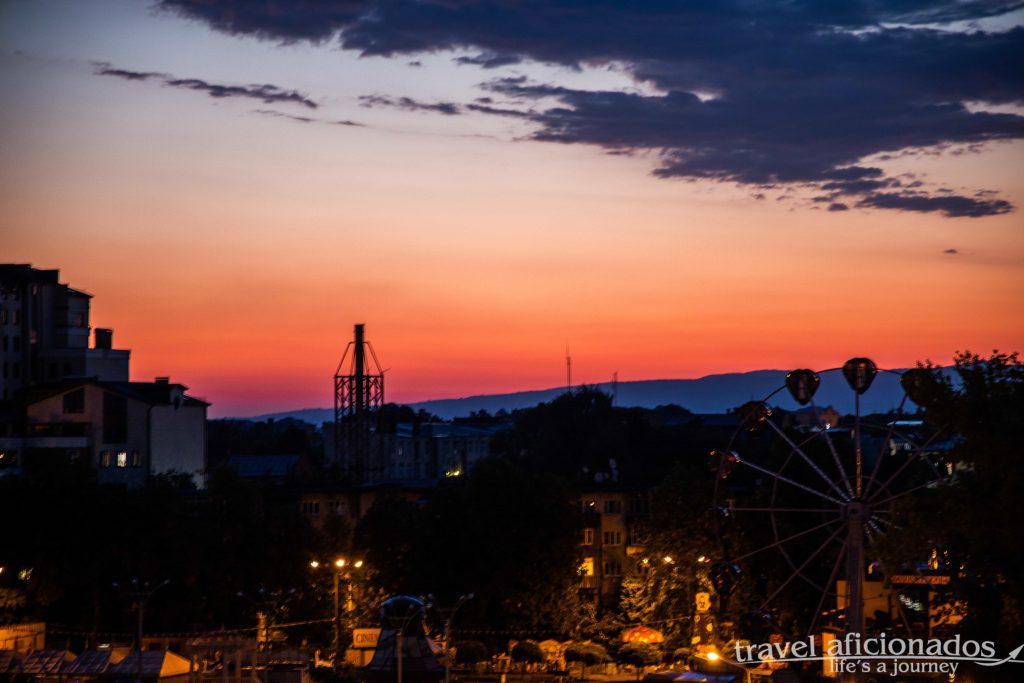
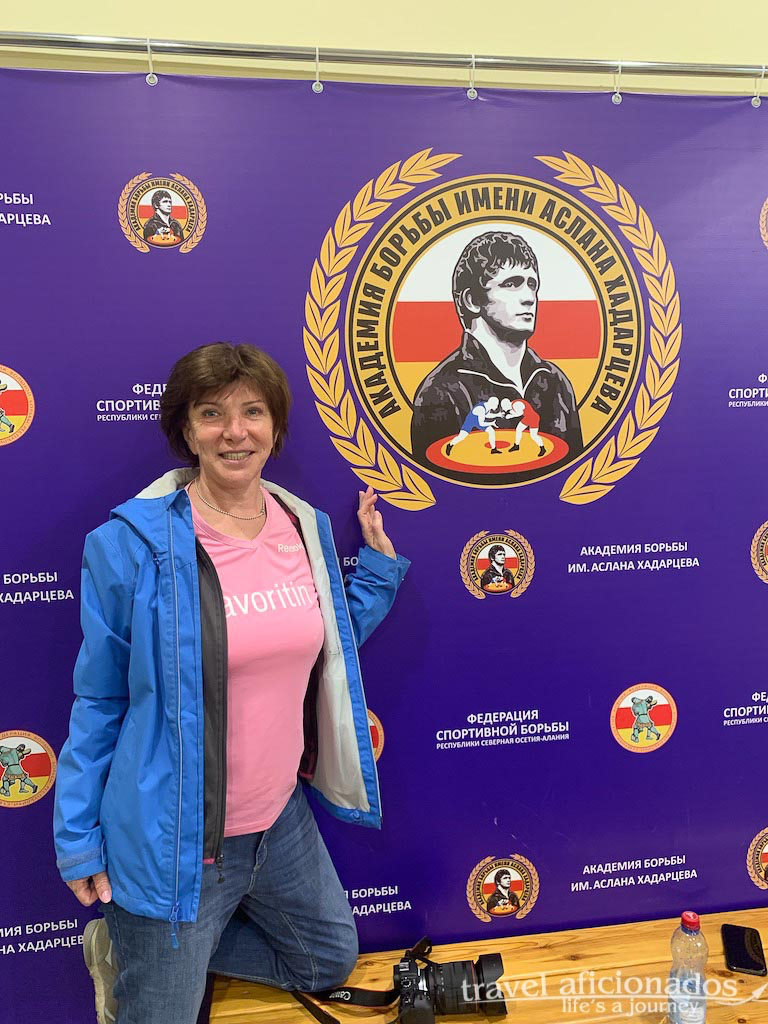
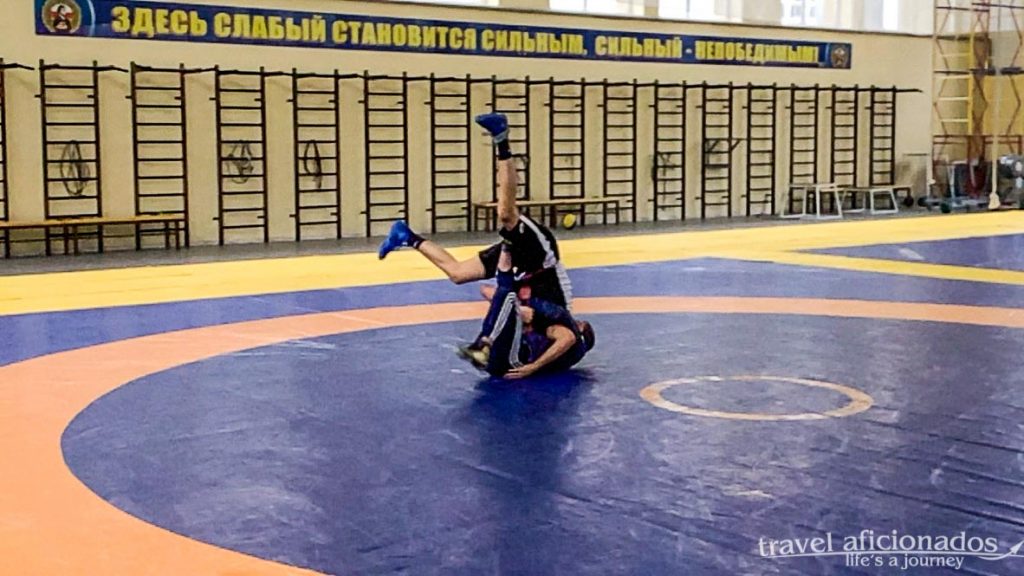
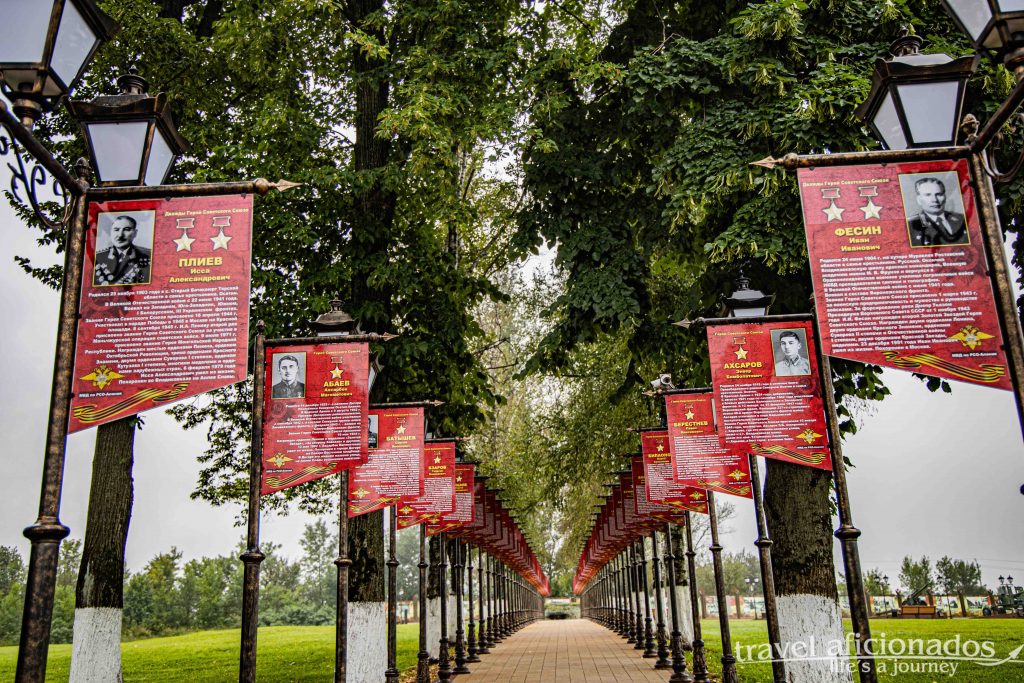
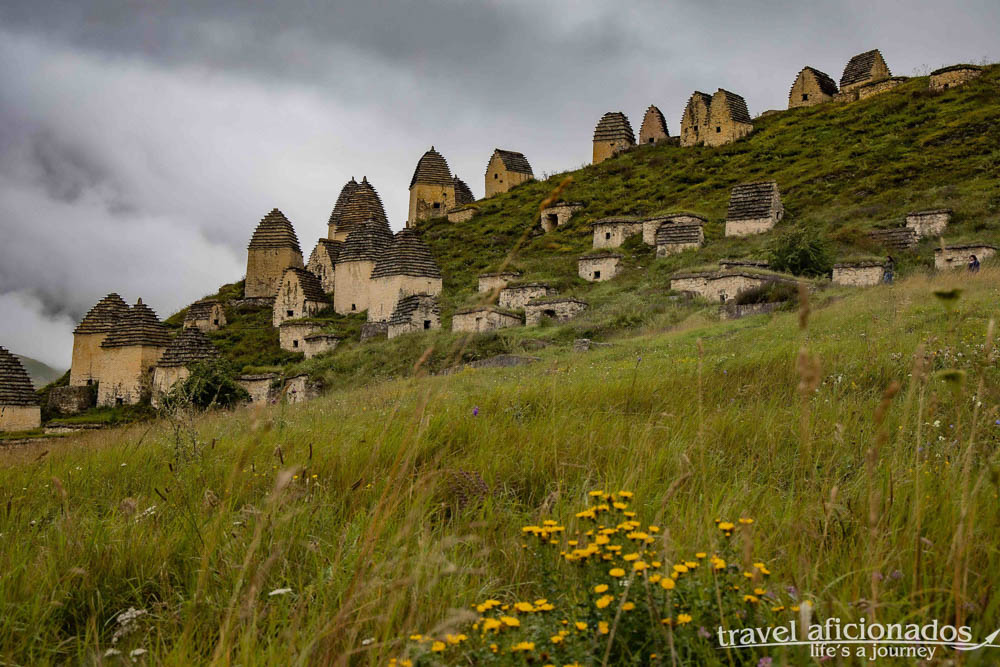
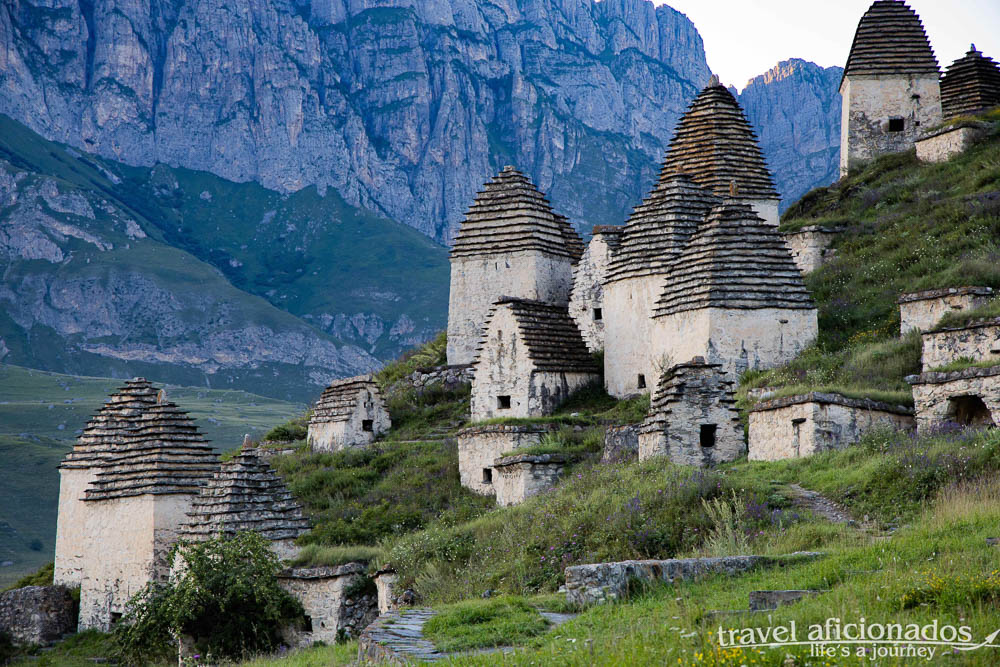
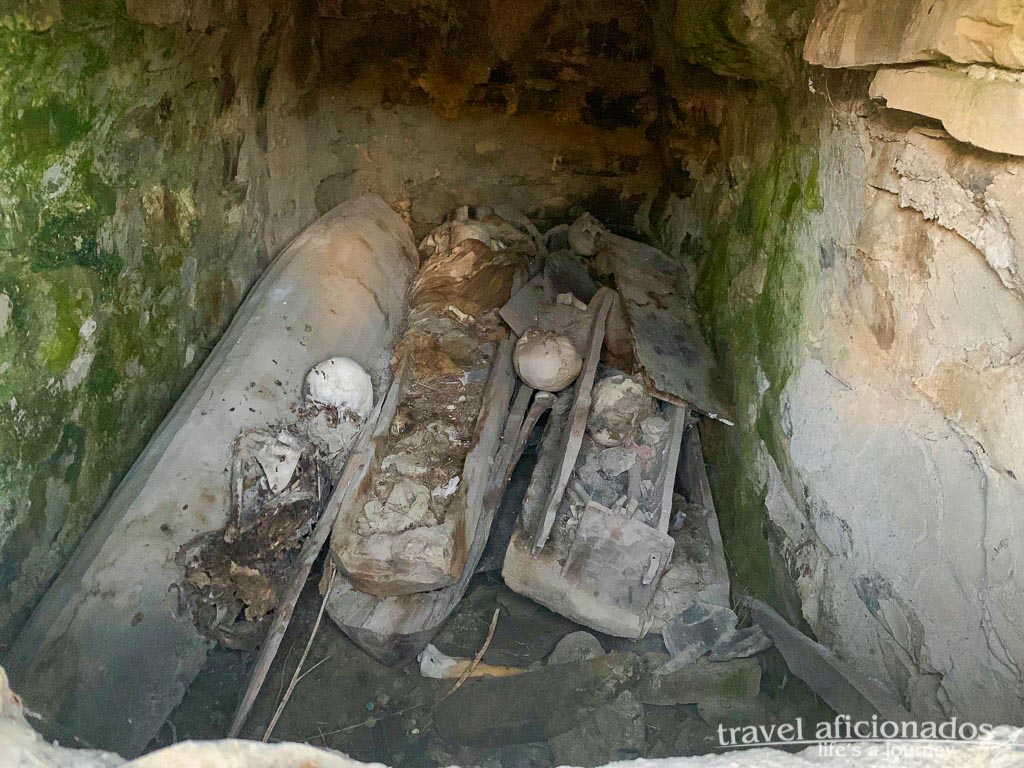
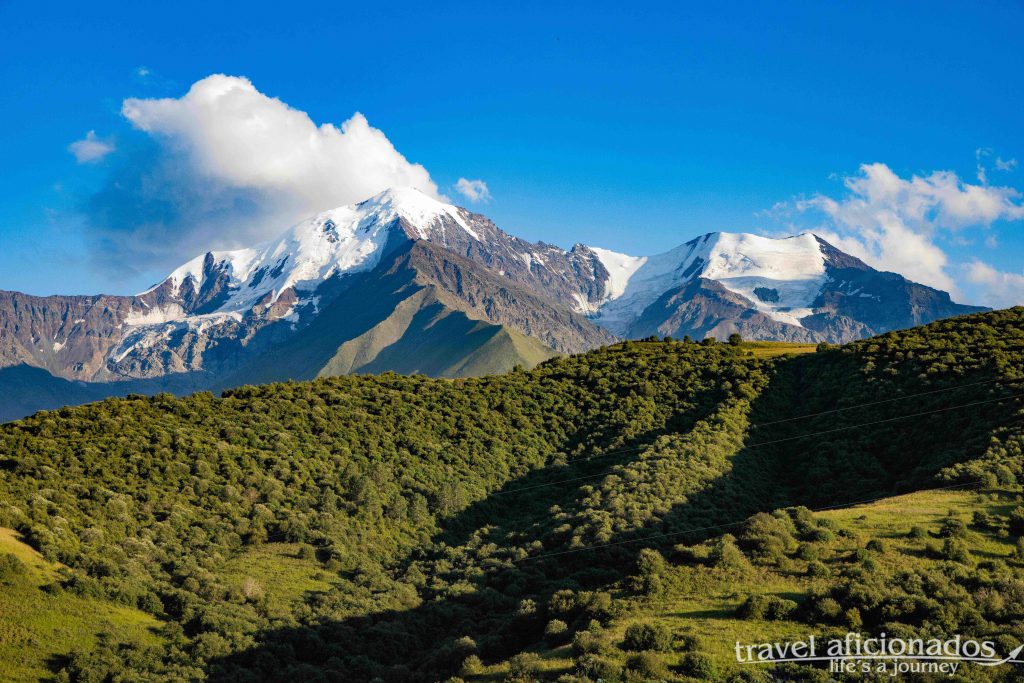
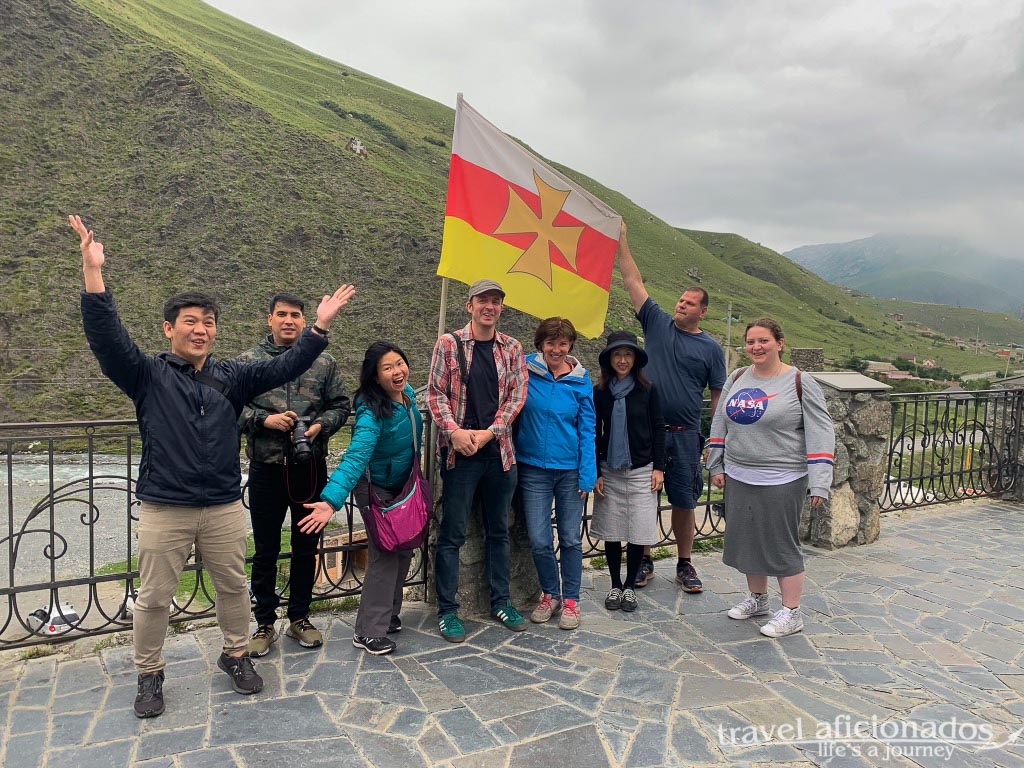
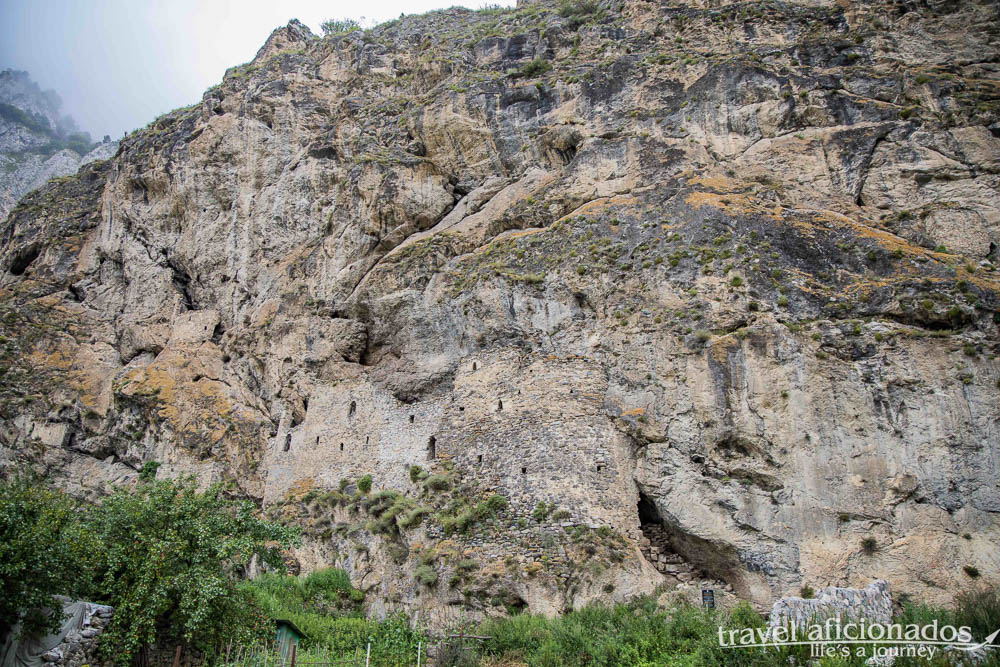
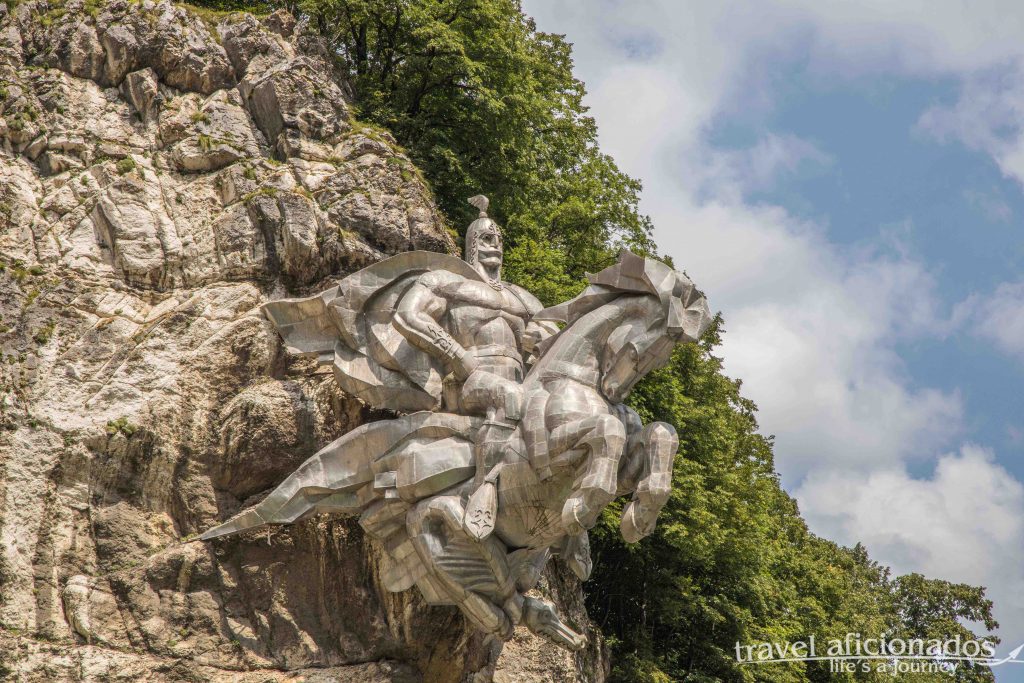
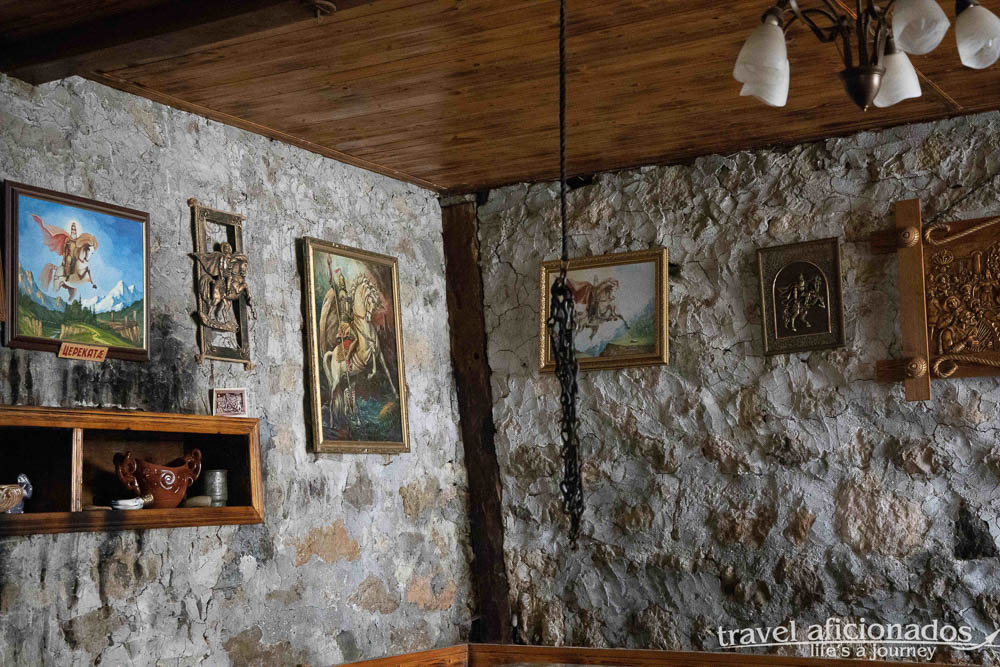
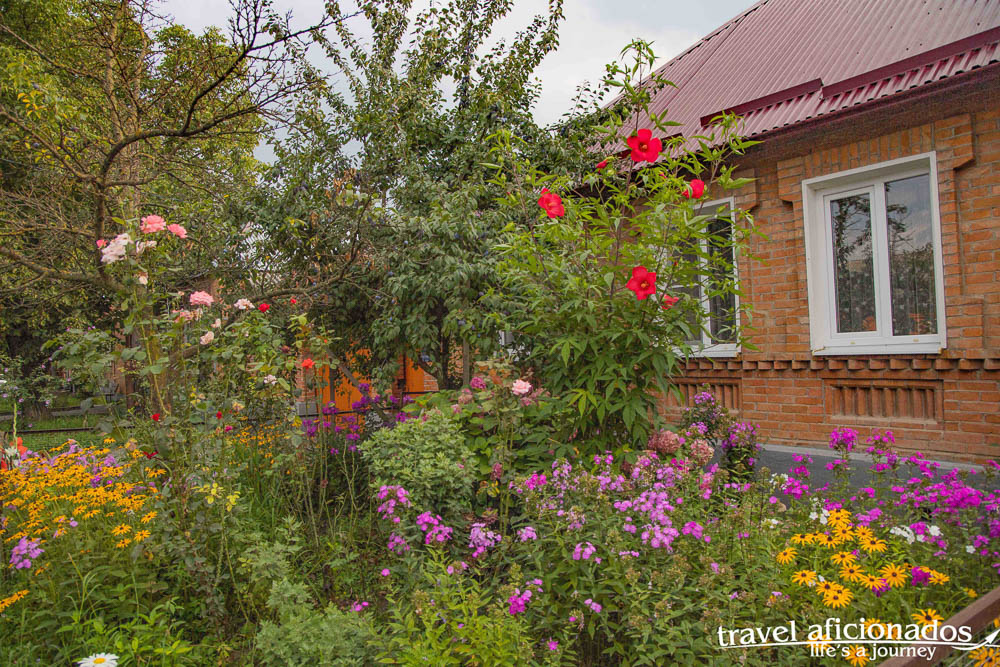
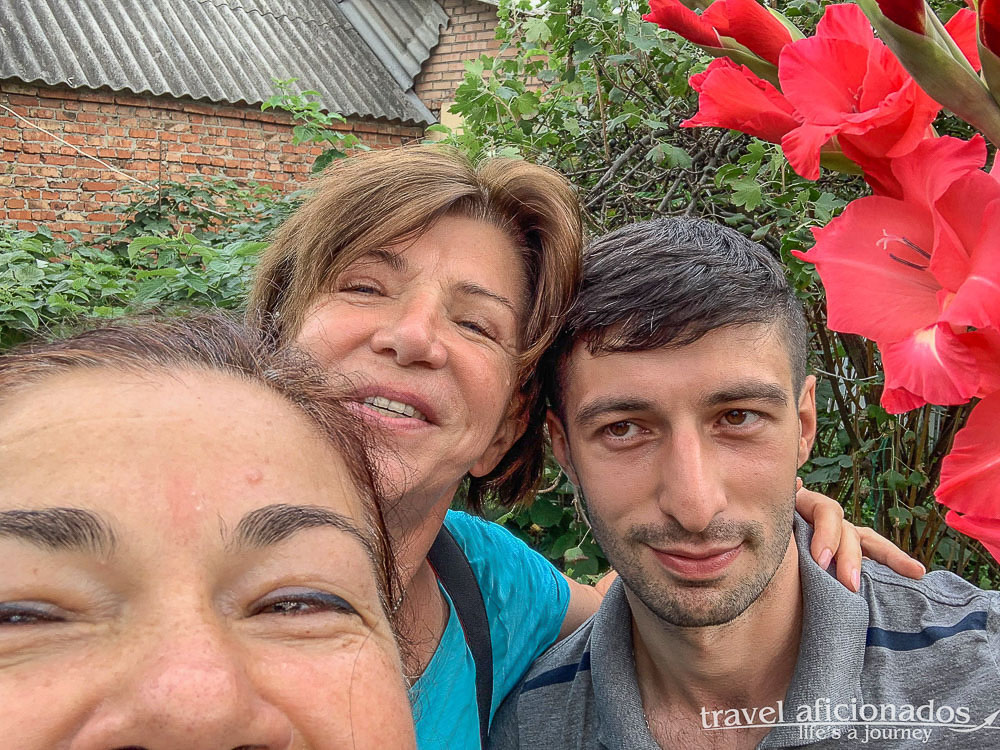

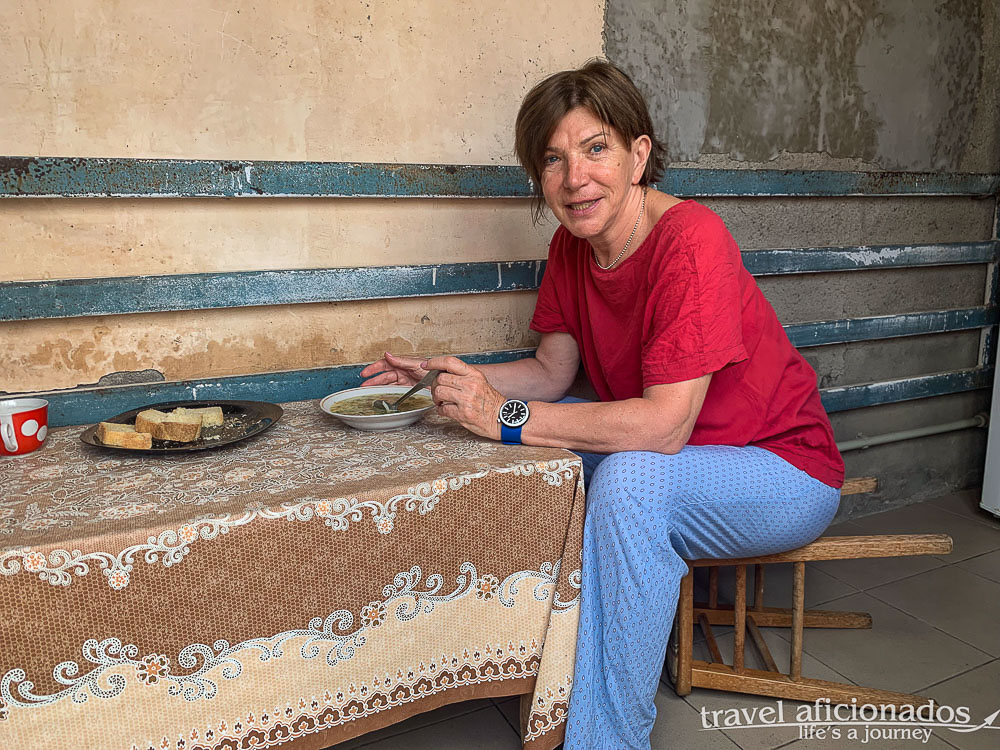
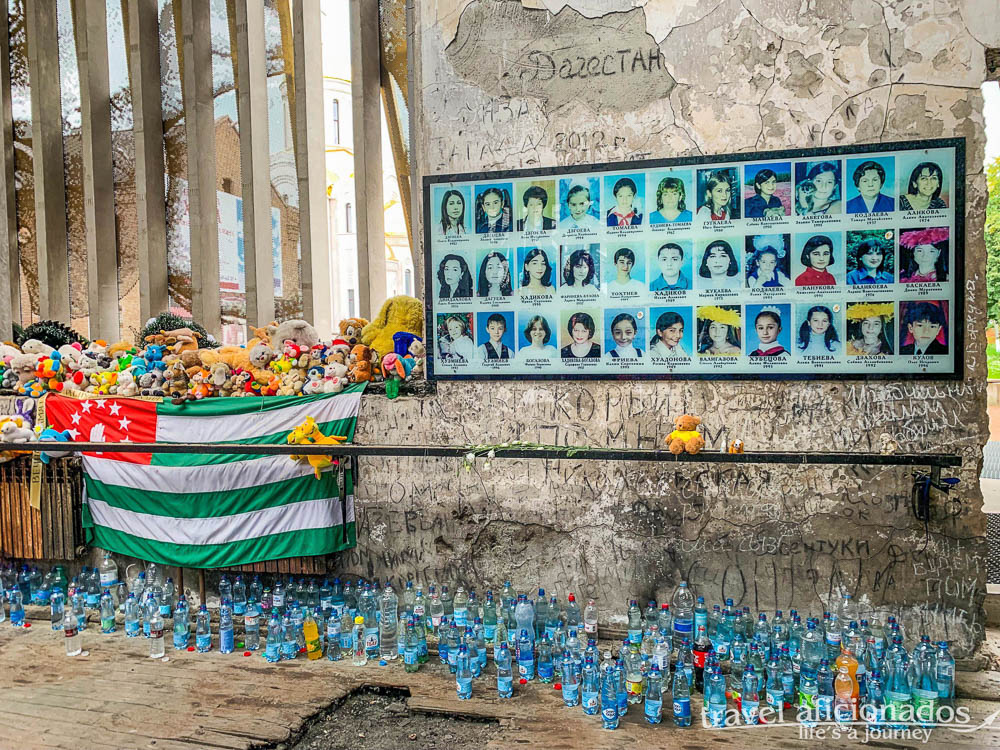

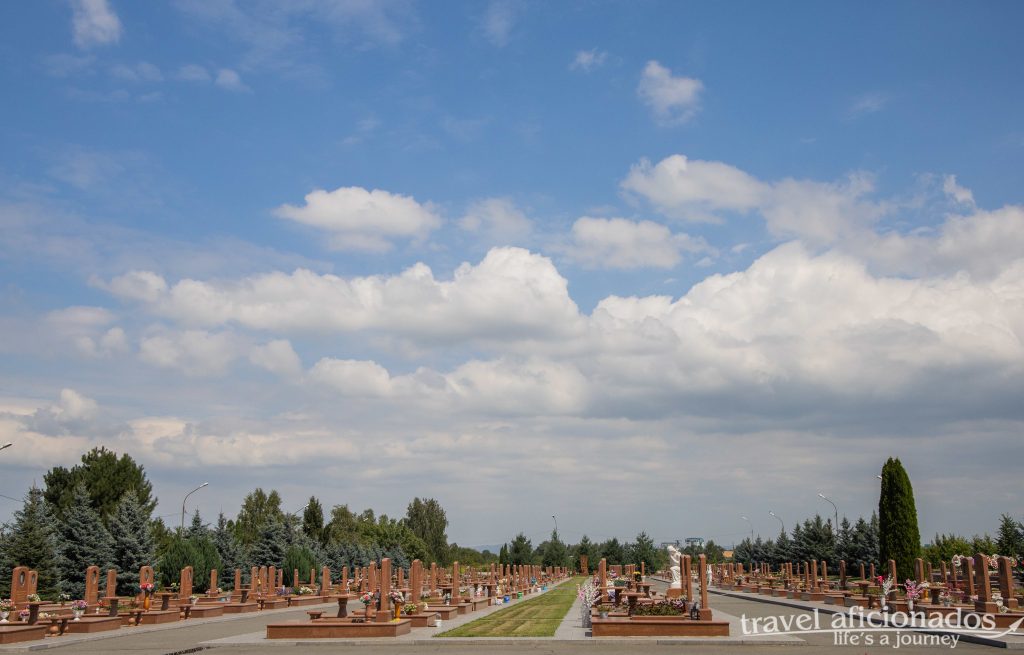
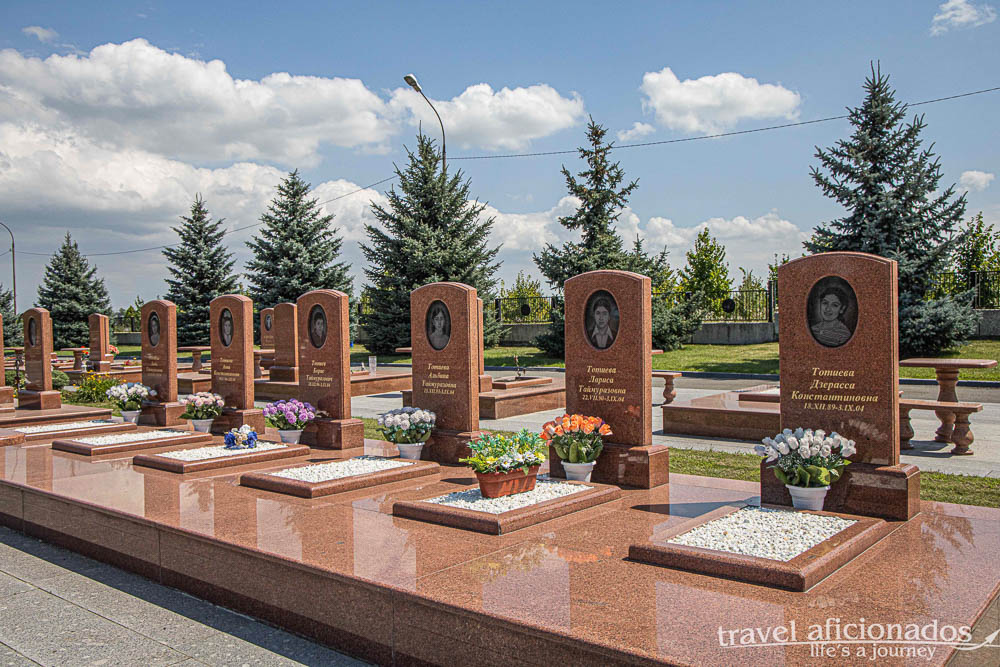

No comments yet.